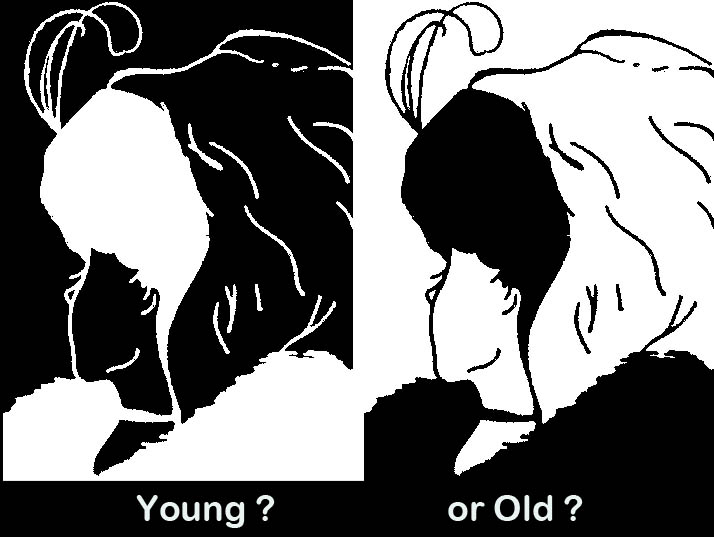What is aging? Is aging a disease? There are many views.
 Aubrey de Grey views aging as a disease, or perhaps a collection of diseases, to be treated, cured, and healed. His SENS project lists seven causes of aging, and presents seven ways to rejuvenate the body – each named ‘something’-SENS of course. All seven are cellular, intracellular or extracellular causes. Surely aging is not so simple, or is it? Other views range from hormonal problems (excesses or deficits), to oxidation (based on calories consumed), to lack of exercise, to free radical damage, to nutrition and toxin issues, and more…
Aubrey de Grey views aging as a disease, or perhaps a collection of diseases, to be treated, cured, and healed. His SENS project lists seven causes of aging, and presents seven ways to rejuvenate the body – each named ‘something’-SENS of course. All seven are cellular, intracellular or extracellular causes. Surely aging is not so simple, or is it? Other views range from hormonal problems (excesses or deficits), to oxidation (based on calories consumed), to lack of exercise, to free radical damage, to nutrition and toxin issues, and more…
Each definition, each view of aging, results in ideas and products that claim to fight or reverse the effects of aging.
But there’s an important issue often ignored by theorists and marketers.
Unhealthiness
Unhealthiness is very similar to aging. Unhealthiness is easily confused with aging. If your health is poor, if your diet is poor – for example – your body shrivels up, you lose strength, you are more susceptible to disease, your vision, hearing and other senses gradually deteriorate, your mind becomes less effective and eventually – you die. Lack of food can quickly lead to starvation. But a poor diet works slowly, and can look just like ‘normal’ aging. Unhealthiness can creep, just like aging.
Similar effects can result from different unhealthinesses. Lack of exercise, for example, leads to muscle wasting, flabbiness, slow movements, poor balance and lack of spirit. Lack of mental exercise leads to deterioration of the brain’s faculties – use it or lose it. Depression, is a weakness of spirit, that can lead to other problems common in the ‘aged’.
We recognize that the effects of unhealthiness can be present in babies, in toddlers, in teens, in adults, and also in the elderly. When they occur in youngsters, we are more likely to recognize unhealthiness. But when they occurs in the aged, it’s easy to assume that an unhealthiness – the result of a poor diet, for example – is actually the effect of ‘aging’. How can we tell the difference?
How can we tell the difference between ‘unhealthiness‘ and ‘aging‘.
The answer lies in an understanding of healthiness and unhealthiness.
Health is whole. Healthiness is a measure of your health, or a measure of specific aspects of healthiness. Because healthiness is wholeness, health is measured as a percentage. If you are 74 percent healthy – what is the remaining 26 percent? That 26 percent is your health potential, your potential for health improvement. It is your level of ‘unhealthiness’.
This unhealthiness is not a moral comment. It is a natural result of measuring healthiness. No-one is perfectly healthy, we all have some level of unhealthiness. We each have many different kinds of unhealthiness.
As your healthiness grows stronger, more whole, your unhealthiness shrinks. As your unhealthiness grows – your healthiness shrinks. Together, they always sum to 100 percent. Health is whole.
Unhealthiness is your ‘potential for improvement in health’.
What about aging? Is aging ‘potential for improvement in health’? How can we distinguish between aging and unhealthiness?
If we are to distinguish between aging and unhealthiness, we need a definition of aging that excludes unhealthiness, that excludes ‘potential for improvement in healthiness’.
Aging: damage accumulated over time, that cannot be reversed.
If it can be reversed, it is an unhealthiness. If it cannot be reversed, it is aging.
This definition is a powerful force in our search for health.
An example. Hearing. As we get older, our hearing tends to deteriorate. This deterioration can be unhealthiness – a plug of wax in your ear. Clean out your ear – and hearing is restored. On the other hand, the hearing loss can be due to deterioration in the fine hairs that are sensitive to sound. This damage cannot be reversed (today). It is not unhealthiness, it is a result of aging, or neglect. It can be a result of damage caused by sounds that are too loud. It can be caused by nutritional deficits, or by gradual deterioration as we get older. But whatever the cause, it cannot be reversed. It cannot be healed. It cannot be cured. This is aging.
The power of this distinction is interesting. If it can be reversed – it is unhealthiness. If it cannot be reversed, it is aging. How can we tell if it can be reversed? How can we tell if it cannot be reversed? What if it cannot be reversed today, but maybe, someday in the future, it can be reversed? Today, it is ‘aging’. On that day in the future – it becomes an unhealthiness, that can be healthed.
We can try.
If we succeed in reversing the damage – it was unhealthiness. If we do not, it might be aging. Note: because aging is defined by a negative ‘aging cannot be reversed‘, we can never know for certain if something is aging. We might, eventually, figure out how to reverse it. Science proceeds inexorably, as does aging.
If you think you can, or you think you cannot: you are right.
If you think it is unhealthiness, and you succeed against it, you haven’t reversed the effects aging, you have healthed an unhealthiness. If you fail, maybe it is aging, maybe there’s another way to health it.
When you give up – it’s aging. You’re as old as you think.
to your health, tracy
author: Introduction to Healthicine: Theories of Health, Healthiness, Illness and Aging


